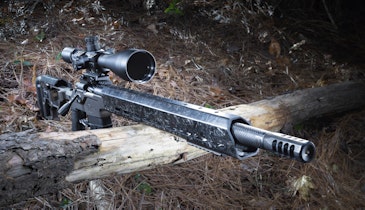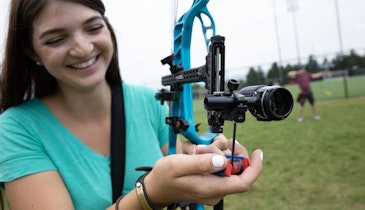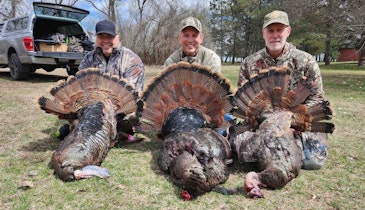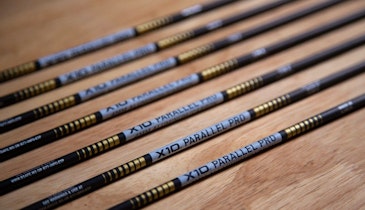
British Columbia's Vancouver Island is a popular destination for spot-and-stalk black bear hunting. (Gordy Krahn photo)
Without question, baiting is the No. 1 technique for hunting black bears during the Spring. And that’s because it’s extremely effective. Think about it: You’ve just taken a six month nap. What’s the first thing you’re going to want to do when you wake up? I’m thinking stick a bunch of donuts in my mouth. It’s also because of the terrain. In many places where black bears live they are very hard to get at — thick forests and deep swamps, where your only chance is to draw them out with bait.
But what about those places where baiting is not allowed — British Columbia’s Vancouver Island as an example? Here’s where you need to put your boots to ground and take the hunt to the bears. I’m talking about spot-and-stalk hunting.
I’ve hunted black bears on Vancouver Island several times and I can’t get enough of it. It’s all about locating bears and then putting the sneak on them. It means driving around and glassing clear-cuts and estuaries and hiking logging roads … it might even mean going for a boat ride — in some of the most beautiful country imaginable.
The spot part of the hunt is an optics game — where you’re literally going to put hours behind a bino or spotting scope. The stalk is about putting on your running shoes and trying to get into position for a shot. It all adds up to a lot of excitement.
It also means advanced scouting. Look for scat, tracks, overturned rocks, dug-up anthills and decaying logs and any other evidence of bear recent activity. Locate trails through thickets and swamps. Find regular food sources and determine routes to and from bedding areas. The more you can learn about bear densities and travel patterns the better chance you have of bear encounters.
And don’t forget the calls. If you can get into position for a shot without using calls fine. But they can be instrumental for getting bears to expose themselves. Bears often take their good old time responding to the call and anything you can do to intercept them on their line of travel will increase your odds of getting close enough for a shot. Find an elevated vantage point and glass the countryside until you find a bear. Set up and call continuously for at least an hour, even if you lose sight of the bear. I like using an e-caller because I can just switch it on and let it play continuously. If I’m using a mouth call, I blow as long as I can, take a short break and call again. Bears are easily distracted and that’s why it’s first important to determine the direction they’re headed and to set up accordingly. It is far easier to pull a bear in to the source of the sound if it’s already heading in that direction.
Want to take your black bear hunting to the next level? Throw away the donuts and lace up your running shoes.





